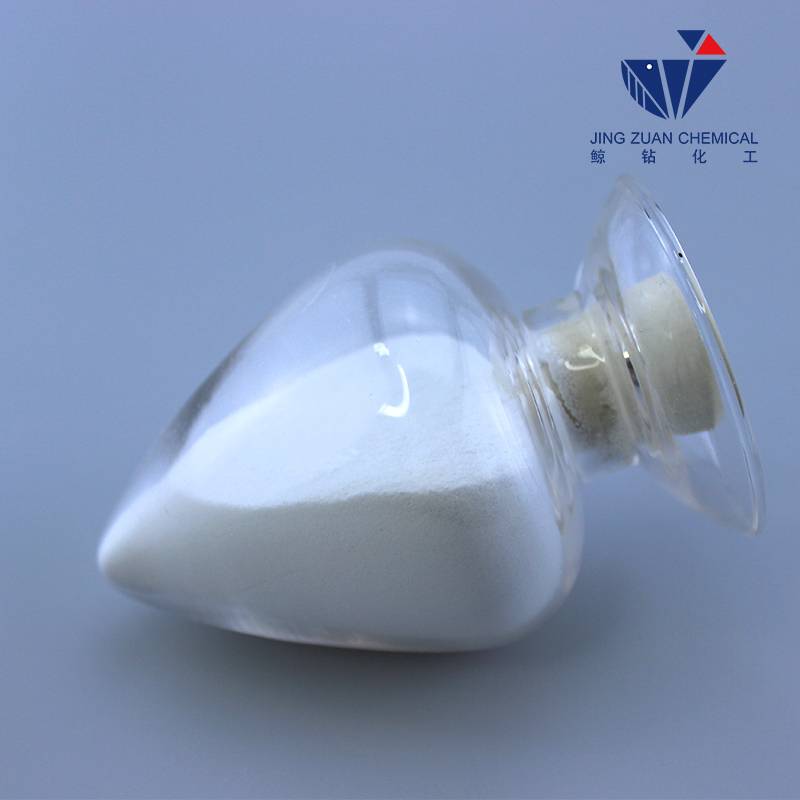
ജുലാ . 27, 2024 01:29 Back to list
Exploring the Solubility Properties of Hydroxyethyl Cellulose in Various Solvent Systems
Understanding the Solubility of Hydroxyethyl Cellulose
Hydroxyethyl cellulose (HEC) is a water-soluble polymer derived from cellulose, a natural carbohydrate polymer that forms the structural component of plant cell walls. HEC is widely utilized in various industries, including pharmaceuticals, cosmetics, food, and construction, due to its remarkable properties such as thickening, emulsifying, and film-forming capabilities. One of the critical aspects of HEC's application is its solubility, which plays a significant role in its functionality and effectiveness in different formulations.
Understanding the Solubility of Hydroxyethyl Cellulose
The degree of substitution refers to the average number of hydroxyethyl groups attached to the cellulose backbone. This parameter significantly affects the polymer's hydrophilicity and solubility. HEC with a higher degree of substitution displays increased solubility in water due to the greater number of hydroxyl groups available for hydrogen bonding with water molecules. Consequently, formulators often choose HEC grades with varying degrees of substitution based on the desired viscosity and solubility characteristics for specific applications.
hydroxyethyl cellulose solubility

Environmental conditions, particularly pH and temperature, also influence the solubility of HEC. HEC is typically soluble across a wide pH range (approximately 3 to 11); however, extremes in pH can lead to precipitation or gel formation. For example, at very high or low pH values, the polymer may lose its solubility, which could be critical when formulating pH-sensitive products. In terms of temperature, HEC shows better solubility at elevated temperatures, which can enhance its dissolving process. However, excessive heat can also lead to degradation of the polymer structure, adversely affecting its performance.
Another critical aspect of HEC solubility is its behavior in the presence of electrolytes. Electrolytes can significantly impact the viscosity and solubility of HEC solutions. In the presence of salts, the ionic strength can lead to a phenomenon known as salting out, where the solubility of the polymer decreases. Conversely, in certain applications, the inclusion of electrolytes can help to stabilize HEC solutions and improve its viscosity profile.
In various applications, the solubility of HEC is crucial for achieving the desired product characteristics. In pharmaceutical formulations, its solubility affects the release profile of active ingredients and improves the consistency of gels and suspensions. In cosmetic products, HEC aids in thickening and stabilizing emulsions, contributing to the overall texture and feel of creams and lotions. In the construction industry, HEC adds workability to cement-based products, allowing for better application and adhesion.
In conclusion, the solubility of hydroxyethyl cellulose is a vital parameter that influences its effectiveness across multiple industries. Understanding the factors that affect HEC solubility allows formulators and manufacturers to optimize their products for specific applications, ensuring the desired performance is achieved. As demand for versatile and effective materials continues to grow, the importance of HEC in various formulations can only be expected to expand, reinforcing its role as a crucial component in modern industrial applications.
-
Versatile Hpmc Uses in Different Industries
NewsJun.19,2025
-
Redispersible Powder's Role in Enhancing Durability of Construction Products
NewsJun.19,2025
-
Hydroxyethyl Cellulose Applications Driving Green Industrial Processes
NewsJun.19,2025
-
Exploring Different Redispersible Polymer Powder
NewsJun.19,2025
-
Choosing the Right Mortar Bonding Agent
NewsJun.19,2025
-
Applications and Significance of China Hpmc in Modern Industries
NewsJun.19,2025







